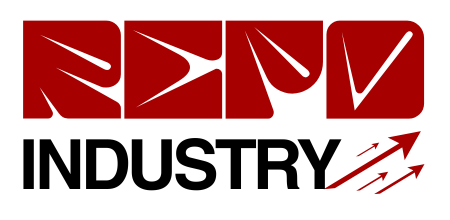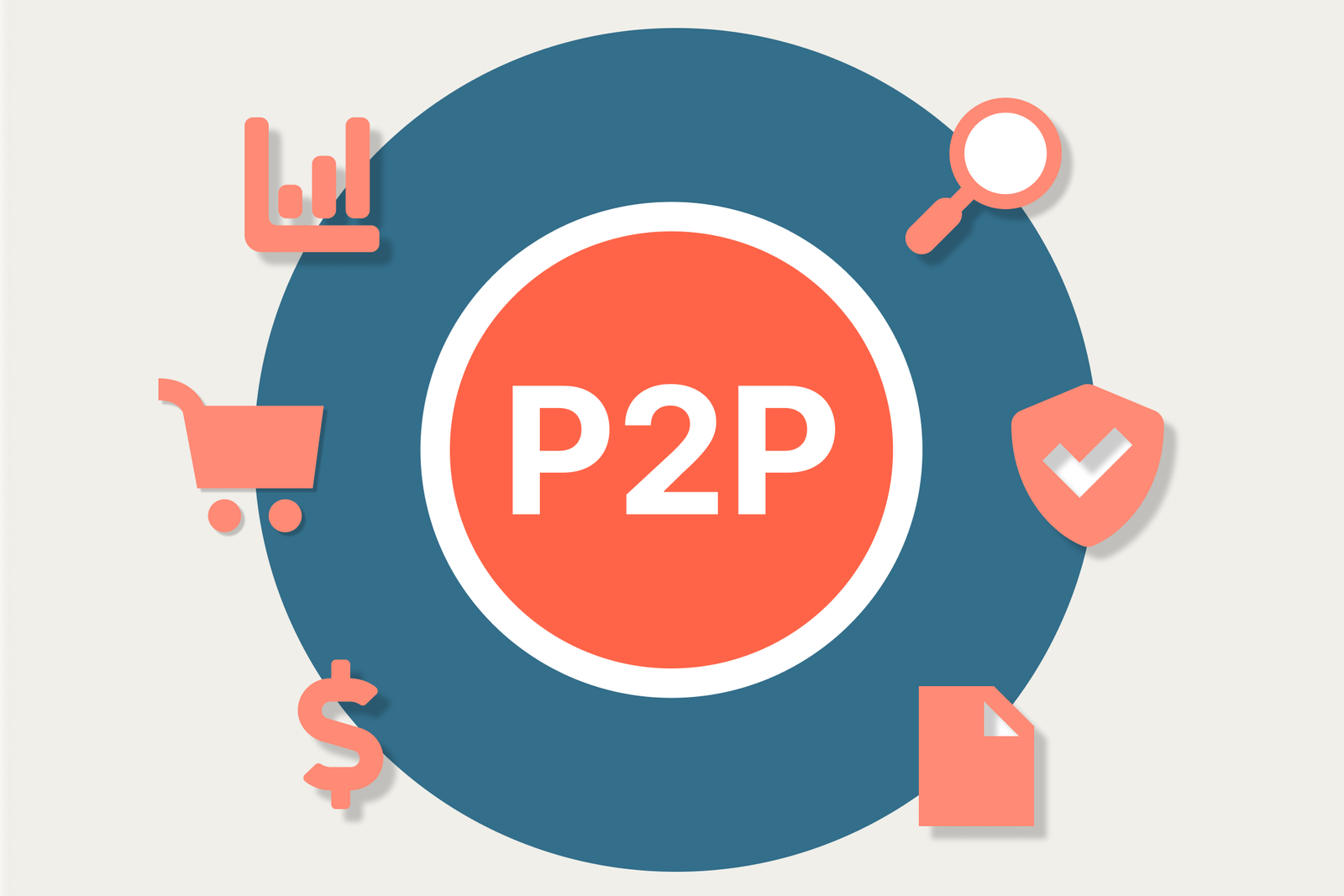The digital transformation of procurement has revolutionized how businesses manage their purchasing processes. Procure-to-pay (P2P) software has emerged as a crucial tool for organizations seeking to streamline their procurement operations. As more procurement solutions companies develop sophisticated platforms, understanding the best practices for implementing and utilizing P2P software has become essential for procurement professionals.
Understanding P2P Software Fundamentals
P2P software is a complete solution connecting procurement and accounts payable operations into a smooth workflow. Procurement solutions companies have created these systems to handle everything from purchase requisitions to vendor payments. Here, the software minimizes routine work, lowers manual mistakes, and instantly guarantees that buyers get real-time information on expenditure patterns, which is why it has become a must-have tool for procurement teams.
Implementation Planning for Strategy
The journey to successfully adopting P2P software involves careful planning. Organizations must, first of all, assess the present procurement processes and point out specific areas in which automation is most beneficially applied. All perspectives of all stakeholders must be considered while preparing this assessment and it involves representatives from the departments of procurement, finance, and IT. Thus, proper thought in planning its implementation can help organizations maximize the advantages of their P2P solution.
User Training and Change Management
The success of the implementation of P2P software is highly dependent on user adoption. Organizations should invest in comprehensive training programs to ensure all users understand how to use the software effectively. This is not only procurement team members but also end-users who will be submitting purchase requests. Creating detailed user guides, conducting regular training sessions, and establishing a support system help ease the transition into the new system.
Standardizing Procurement Processes
One of the great benefits offered by P2P software includes streamlining uniform processes across a given organization in regards to purchasing and procurement. This uniform process of procurement often commences in an organization at its policy-setting point and work procedures within its software. While numerous procurement solutions companies provide adaptable template workflows where customers can employ what best satisfies their needs but apply uniform processes
Vendor management will determine the successful implementation of P2P software in the organizations. Organisations must communicate effectively with the vendors and ascertain their capabilities of integrating them into the new system. Such include the installation of electronic invoicing capabilities, the creation of processes that are based on catalog management and creation of easy avenues of communication. Efficient integration of the suppliers yields more successful and easy transactions.
Data Management and Analytics
P2P software provides data that organizations could use to perfect their procurement processes. Some best practices include reviewing spending analytics on a frequent basis, tracking the performance metrics of suppliers, and using data insights to inform strategic decisions. An organization should develop data governance policies that are specific and leverage the analytical capability of its P2P application for continuous improvement.
Compliance and Risk Management
Modern P2P software includes features that ensure compliance with internal policies and external regulations. Organizations should configure their software to automatically flag potential compliance issues and maintain detailed audit trails. This proactive approach to compliance helps minimize risks and ensures transparency in procurement operations.
Mobile Accessibility and Remote Approval
Organizations must take advantage of the mobile capabilities of their P2P software in light of the growing need for flexible work arrangements. These include setting up mobile approval processes and ensuring users can access the system securely from different devices. Mobile accessibility speeds up approval cycles and maintains procurement efficiency regardless of where team members are located.
Integration with Existing Systems
The P2P software must easily integrate with other business systems, including ERP platforms and financial management tools. Such integration enables smooth data flows between systems while ensuring the accuracy of all business processes. Organizations must consult with their procurement solutions companies on the proper protocols of integration and conduct regular system connection tests.
Performance Monitoring and Optimization
Regular monitoring of P2P software performance helps an organization to determine the areas of improvement and optimize the process. These KPIs include cycle times in procurements, cost savings, and user adoption rates. Organizations must establish cycles for the review of systems and make changes accordingly to optimize results.
Support Sustainable Procurement
Current P2P software can help organizations achieve sustainability by monitoring key environmental impact metrics and promoting sustainable supplier choices. This should be utilized so that procurement can be consistent with the stated intent toward sustainability without loss of efficiency and cost-effectiveness.
Security and Access Control
One such security measure required to protect procurement data is proper access controls. Organizations should also have defined roles and permissions inside P2P software; otherwise, periodically review the existing access levels that do not match responsibilities. This approach helps maintain security while ensuring an efficient procurement function.
Future-Ready Scalability Planning
A critical aspect of P2P software implementation is ensuring the solution can grow and adapt to your organization. As procurement solutions companies continue to evolve their offerings, organizations must plan for scalability from the outset. This involves selecting a system that can handle increased transaction volumes, additional users, and new business units without compromising performance. Organizations should consider factors such as transaction volume projections, potential geographic expansion, and future process automation needs when configuring their P2P software. Regular capacity planning sessions and scalability assessments help ensure the system continues to meet organizational needs as it evolves.
Conclusion
The successful implementation of P2P software would entail a multifaceted approach encompassing both technical expertise and strategic planning coupled with engagement on the user end. As shown in these best practices, it is by the maximization of the investment in P2P software that value is ensured towards more efficient, transparent, and effective procurement processes. Technology evolves, and for organizations that have accepted these best practices, it positions them better than others as changes occur within the procurement landscape.
Achieving procurement excellence through P2P software is a journey. Organizations should constantly reevaluate their process, remain up to date with new developments in procurement technology, and continue to refine their approach from experience and as business needs change. By embracing these best practices and ongoing improvement, organizations can obtain substantial benefits from their P2P software implementation and value sustainably accrued in their procurement operation.











